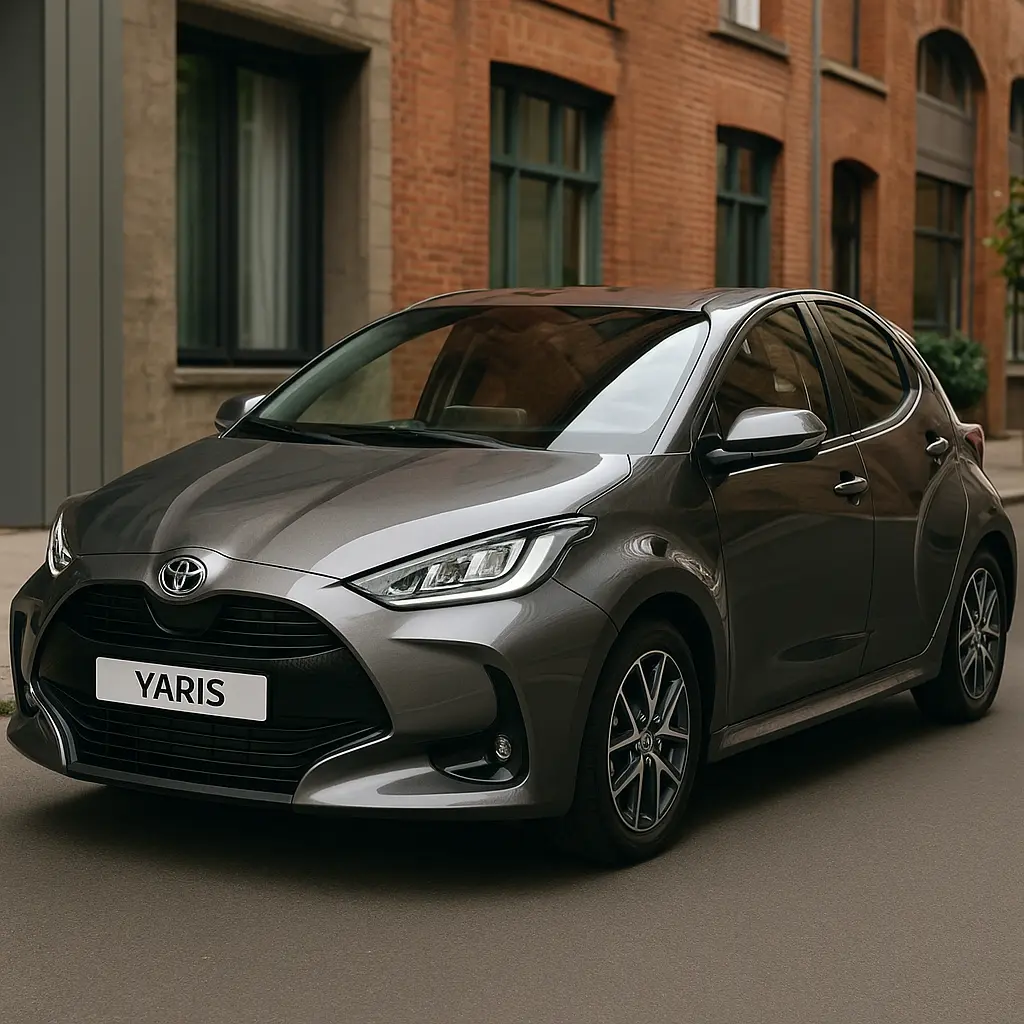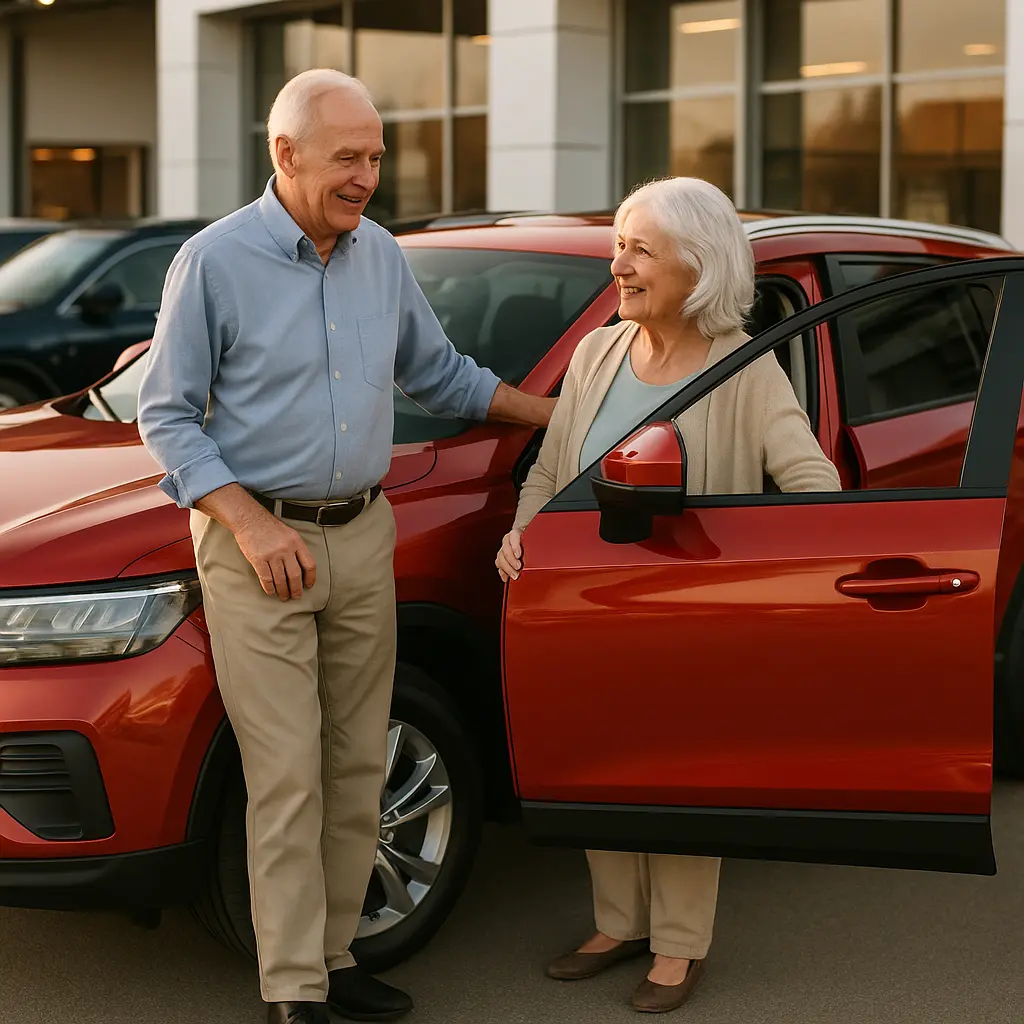Why Small Hatchbacks Are Still a Favourite for Aussie City Drivers in 2025

Introduction: The Urban Comeback of the Hatchback
In the era of booming SUVs and electric vehicles, it may seem surprising that small hatchbacks continue to thrive in Australia’s car market. Yet in 2025, they remain a top choice for inner-city dwellers and suburban commuters alike. Their popularity is no accident—it’s driven by smart design, unbeatable fuel efficiency, ease of parking, and excellent value for money.
This blog dives into the many reasons why hatchbacks still make sense in today’s urban Australian environment and explores the models leading the charge.
1. Hatchbacks vs the City: Built for Urban Living
1.1 Compact Footprint, Big Advantage
Australia’s city streets—from Sydney to Melbourne and Brisbane—are congested and tight. Small hatchbacks, thanks to their shorter wheelbase and tighter turning circles, are inherently more maneuverable and easier to park in limited space.
In 2025, many new hatchbacks are equipped with parking sensors, 360-degree cameras, and auto-park features, making city navigation smoother than ever.
1.2 Urban Fuel Efficiency
Petrol prices remain unpredictable, and EV charging stations are still catching up in dense areas. Hatchbacks with efficient petrol or hybrid engines deliver impressive mileage, averaging 4.5 to 6.5L/100km, helping drivers save on running costs—especially important in Australia’s economic climate.
2. The Economics of Hatchbacks: Big Savings, Small Package
2.1 Purchase Price
The entry price for a quality hatchback is considerably lower than most SUVs or even sedans. Many 2025 models start around $20,000 to $27,000, making them a go-to for first-time buyers, students, and inner-city residents looking for budget-friendly transport.
2.2 Maintenance and Insurance
Lower mechanical complexity, smaller engines, and widely available parts mean hatchbacks cost less to maintain. Insurance premiums are also typically lower, especially for models with strong safety ratings and smaller engines.
2.3 Resale Value
Popular hatchbacks—like the Toyota Yaris, Hyundai i30, and Mazda 2—continue to perform well in the used car market. Their reputation for reliability and practicality makes them desirable second-hand, helping owners retain more value.
3. Leading Hatchbacks in 2025: Aussie Favourites
3.1 Toyota Yaris
- Starting Price: From ~$24,000
- Fuel Economy: ~4.9L/100km
- Highlights: Hybrid variant, agile handling, advanced safety suite
3.2 Hyundai i30
- Starting Price: From ~$23,720
- Fuel Economy: ~6.8L/100km
- Highlights: Roomy interior, sporty N Line trim, Apple CarPlay/Android Auto
3.3 Mazda 2
- Starting Price: From ~$22,720
- Fuel Economy: ~5.3L/100km
- Highlights: Premium interior feel, smooth transmission, compact footprint
3.4 Suzuki Swift
- Starting Price: From ~$21,490
- Fuel Economy: ~4.8L/100km
- Highlights: Light weight, zippy performance, value-packed
3.5 Kia Picanto
- Starting Price: From ~$17,890
- Fuel Economy: ~5.0L/100km
- Highlights: Ideal for tight city streets, budget leader, impressive features
4. Design & Tech That Speaks to Modern Aussies
4.1 Bold Looks, Custom Options
Hatchbacks in 2025 aren’t just practical—they’re fashionable. With vibrant colours, sporty trims, and aerodynamic styling, they appeal to younger buyers and image-conscious drivers who don’t want to compromise on style.
4.2 Infotainment Essentials
Nearly all new hatchbacks come with touchscreen displays, smartphone connectivity, Bluetooth, and navigation. The i30 and Swift offer large 8–10.25-inch infotainment screens, while others feature head-up displays, wireless charging, and connected car tech.
5. Safety First: Hatchbacks Keeping You Protected
5.1 5-Star ANCAP Ratings
Leading hatchbacks maintain 5-star ANCAP safety ratings, meeting Australia’s strict safety regulations. Features like AEB (Autonomous Emergency Braking), lane-keeping assist, blind-spot detection, and rear cross-traffic alerts are now standard in most variants.
5.2 Great Visibility
Hatchbacks generally offer better rear visibility than sedans or SUVs, aiding in safer driving—especially when reversing in tight parking bays or laneways.
6. The Shift Towards Hatchback Hybrids & EVs
6.1 Environmentally Friendly Options
With increasing eco-consciousness, hatchback models are embracing hybrid and electric variants.
- Toyota Yaris Hybrid: Ultra-efficient, emitting just 76g/km of CO2.
- Mazda 2 Hybrid: New for 2025, with similar underpinnings to the Yaris.
- MG4 EV: A bold electric hatchback with up to 450km range, rivaling traditional city cars.
6.2 Lower Emissions = Lower Tax
Many hybrid and EV hatchbacks benefit from stamp duty concessions, registration discounts, and toll relief in several Australian states—further improving affordability.
7. Who Buys Hatchbacks in 2025?
7.1 Students & First-Time Buyers
Hatchbacks are the go-to for university students and new drivers due to:
- Low purchase cost
- Good fuel economy
- Compact design = easy to park on campus or tight suburbs
7.2 Urban Professionals
Young professionals in cities like Melbourne or Sydney often opt for hatchbacks as daily runabouts with tech features and sleek styling that fits their lifestyle.
7.3 Downsizers
Empty nesters and retirees downsizing from larger vehicles appreciate hatchbacks for their:
- Simplicity
- Fuel efficiency
- Ease of driving and parking
8. Hatchbacks vs SUVs: The Ongoing Tug-of-War
| Feature | Hatchbacks | SUVs |
|---|---|---|
| Parking Ease | ✅ Excellent | ❌ Often Challenging |
| Fuel Efficiency | ✅ High | ❌ Moderate |
| Entry Price | ✅ Lower | ❌ Higher Starting Price |
| Interior Space | ❌ Smaller | ✅ More Room |
| Boot Capacity | ❌ Modest | ✅ Larger Cargo Space |
| Off-Road Capability | ❌ Limited | ✅ Available in Some Models |
Though SUVs offer more space, hatchbacks outshine them for affordability, convenience, and city utility.
9. Future-Proofing: Hatchbacks Still Have Legs in the Coming Decade
9.1 Urban Infrastructure Still Favors Small Cars
As Australian cities adopt narrower lanes, more bike lanes, and limited parking, the demand for compact vehicles is expected to rise—not fall.
9.2 Tech-Integrated Micro Mobility
2025 hatchbacks often come with adaptive cruise control, smartphone-linked keys, and AI driving assistants, features that were once limited to premium vehicles.
10. Final Word: Hatchbacks Are Far From Over
Despite flashy marketing for SUVs and rising EV hype, the humble hatchback continues to win hearts where it matters most—on the road, in traffic, and at the fuel pump. In 2025, hatchbacks are more than relevant—they’re arguably essential to smart city living in Australia.
Whether you're a student, a downsizer, or someone looking for a reliable second car, don’t overlook this practical, stylish, and affordable option.
Leave a comment
Your email address will not be published. Required fields are marked *




















